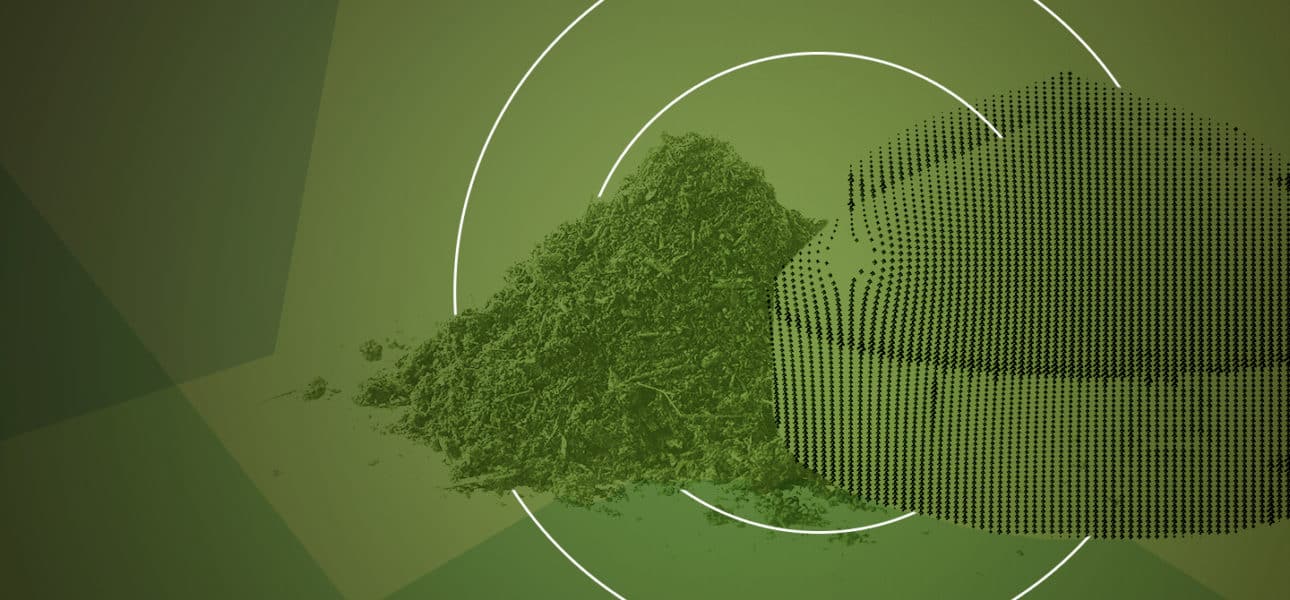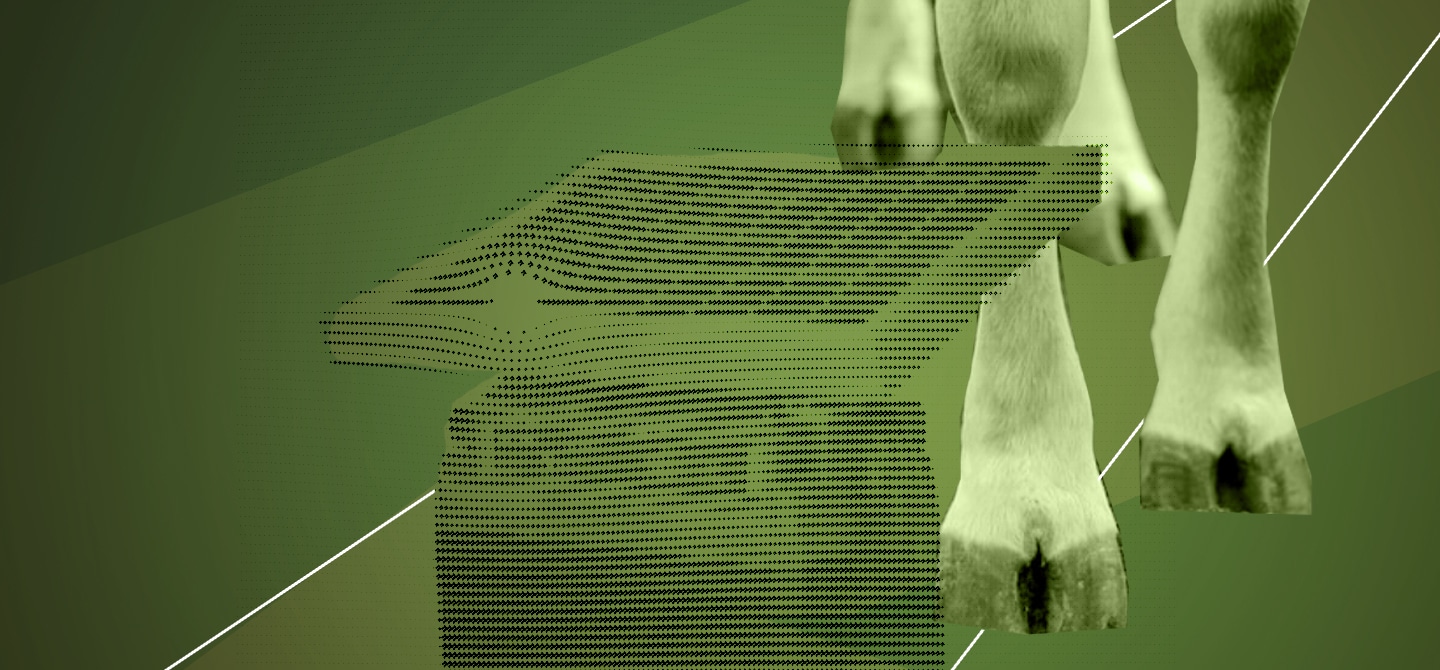Emitting methane (CH4) and nitrous oxide (N2O), livestock effluents (wastewater) are responsible for about 10% of greenhouse gas (GHG) emissions from livestock farming1. These emissions are linked to the way in which they are stored and treated. Mitigation solutions include reducing storage time, separating the solid and liquid phases, covering pits or using nitrification or urease (urine transformation) inhibitors.
The last method currently under development is methanisation. This consists of recovering the methane produced by the anaerobic decomposition – without oxygen – of organic matter. The biogas can be transformed into electricity and heat in cogeneration units or injected directly into the gas network. The residue, called digestate, is used to fertilise and improve the soil. Methanisation units using livestock effluents can be installed on the farm, on top of existing slurry pits or centralised within a region.
How is the agricultural effluent methanisation sector faring?
On 1st January 2022, there were 1175 methanisation units in France, 805 of which were using agricultural effluents in 2021. Methanisation units treating household and industrial waste are not really evolving, while those at wastewater treatment plants are moving towards biomethane injection. On the other hand, on-farm and centralised installations are increasing significantly and have the greatest potential in France: the number of on-farm installations has risen from 38 units in 2010 to 661 in 2020. There are a few large-scale anaerobic digestion projects, but the new facilities are mainly small to medium-sized, processing between 10,000 and 20,000 tonnes of waste per year.
Historically, the anaerobic digestion sector has focused on the cogeneration of electricity and heat, which represents 72% of on-farm and centralised units in 20202 . However, for the past five years, the trend has been towards injecting biomethane into the gas network. At the farm level, the use of biomethane for injection rose from 41 to 114 units between 2018 and 2020. The same dynamic can be observed for centralised installations, which went from 15 to 55 injection units over the same period.
How can we explain this newfound enthusiasm for biomethane injection?
Firstly, the desire to substitute imported natural gas with biomethane rather than electricity. In the current context, biomethane has the major advantage of providing a renewable and independent energy source for France and Europe. Another argument in favour of biomethane injection is energy efficiency. Electricity cogeneration alone is 35% efficient, rising to 50% or even 55% if we also make use of the heat. Biomethane injection has an energy efficiency close to 85%.
Validation of the technology’s performance has opened the way to wider dissemination of this type of project. Today, regulations require that the feasibility of an injection installation be studied as a priority. However, these projects are more expensive: the average investment is €5.5 million compared to €2 million for cogeneration.
What role can methanisation play in reducing the climate impact of livestock farming?
It has been identified as one of the main methods for reducing the GHGs associated with livestock farming. On average, each project prevents the release of 2,600 tonnes of CO2 equivalent into the atmosphere. INRAE has carried out the first life cycle analysis (LCA) of biomethane from agricultural methanisation3. It establishes an environmental evaluation taking into account energy production, effluent management and soil fertilisation. Environmental performance is improved by 60–85% for 16 of the indicators considered. No improvement is observed for 5 indicators, and the system is less efficient for some indicators, notably because of the increased use of electrical energy. The points for consideration are the control of fugitive biogas emissions and the respect of good practices for the spreading of digestates.
Methanisation also offers a solution for treating the territory’s bio-waste, diversifying agriculture, allowing organic matter to be returned to the soil and reducing the use of mineral fertilisers. It is a major advantage for increasing our autonomy regarding soil fertilisation.
Do you think that methanisation will continue to develop?
Yes, we have seen a strong momentum over the past three years, with 1.5 TWh of additional annual capacity installed each year. The objective of the Multiannual Energy Plan to reach 6 TWh in 2023 will be exceeded this year! We estimate the production potential at 30–35 TWh of biomethane in 2030, and 90–130 TWh in 20504. There is also a high potential in relation to slurry pit covers, these micro-methanisation units that only treat livestock effluents and use the biogas autonomously on the farms. There are currently 40 of these units, while there are several tens of thousands of slurry pits.
Is there enough biomass available? France Stratégie5 estimates that the existing deposits are half the size of those taken into account in the National Low-Carbon Strategy.
Livestock manure is the priority resource to be used. This source must be supplemented by more methanogenic substrates (such as plants) in order to find a good technical and economic compromise. In our prospective work, the mobilisable resource in gross tonnage is made up of 50% livestock manure, 30% intermediate crops and 20% other waste. Intermediate crops or cover crops are essential to achieve our renewable energy production objectives.
Some countries, such as Germany, have chosen to produce annual crops dedicated to energy production. It is essential to regulate this use to avoid competition with food. In France, this share is limited by law to 15% of cultivated areas and is currently between 3 and 6%.
Some local residents are opposed to the installation of anaerobic digestion units, complaining of noise and odour pollution and the risk of explosion. Is this an obstacle to the development of the sector?
Methanisation units are classified installations for environmental protection and are therefore subject to numerous regulations for the prevention of environmental and public risks. Because of their original agricultural activity, farmers are already used to managing livestock effluents: only the management of biogas is new and requires training and rigorous operation. The risks in the event of an accident mainly concern farm staff and not local residents.
I am more concerned about very large installations, where the sustainability of supplies and environmental performance may be questioned. The local integration of projects is not in favour of these installations.
Interview by Anaïs Marechal







